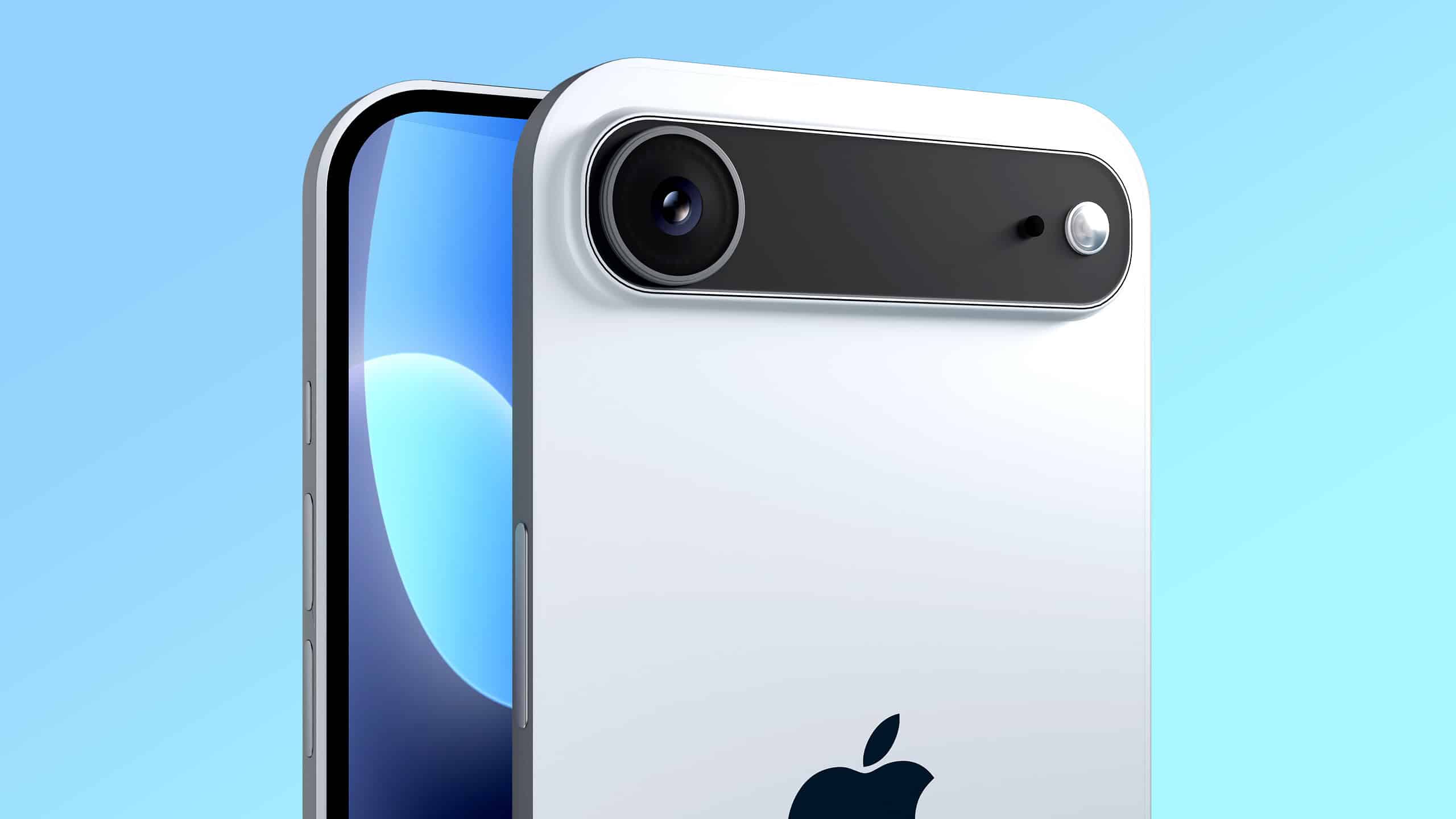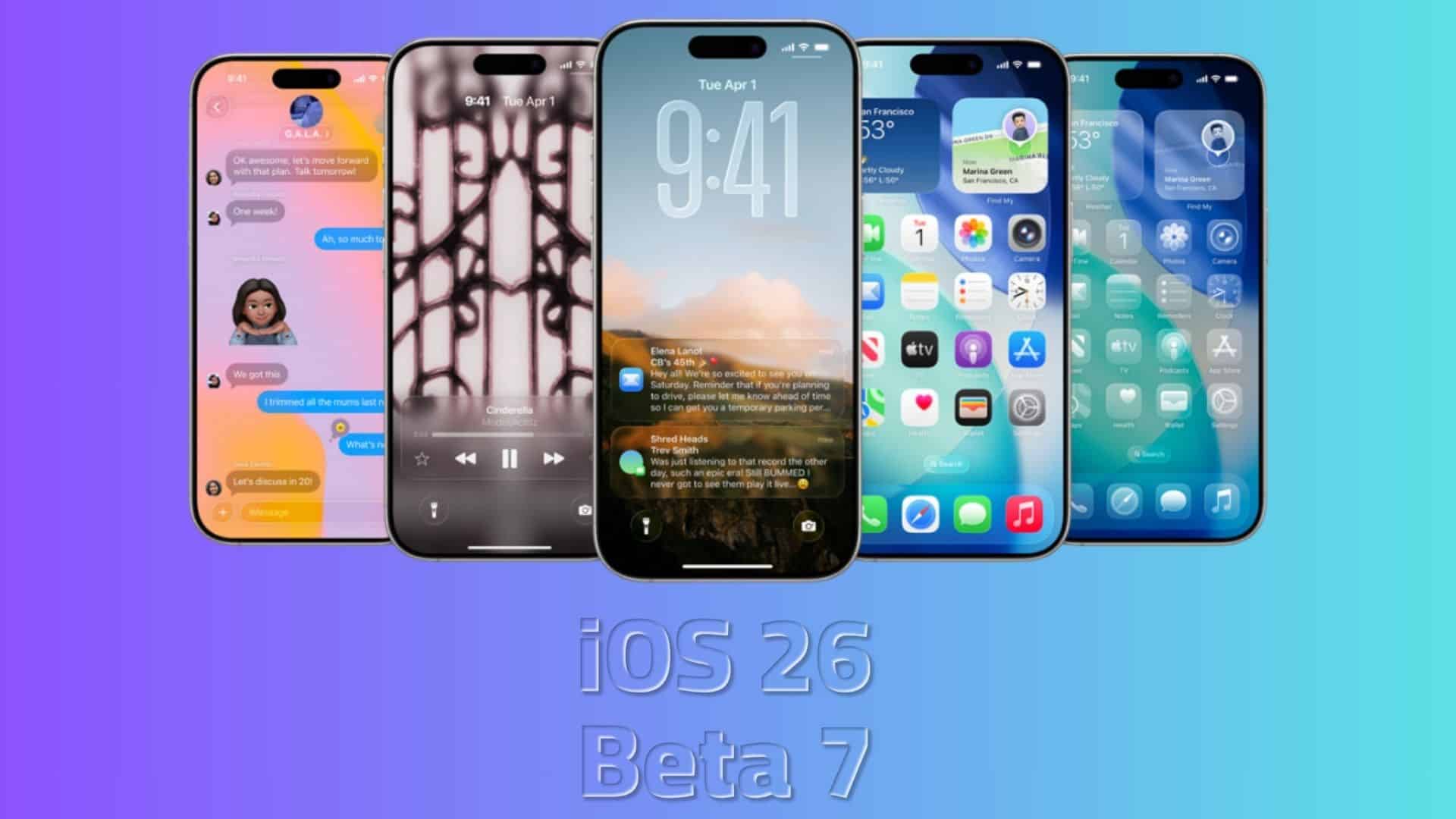Apple is poised to redefine smartphone aesthetics and functionality with the upcoming iPhone 17 Air, anticipated to be the thinnest iPhone to date. Slated for release in September 2025, this model is expected to measure approximately 5.5mm in thickness, significantly slimmer than its predecessors. This ambitious design raises questions about potential compromises, particularly concerning battery life and device performance.
Innovative Design and Engineering
The iPhone 17 Air’s ultra-thin profile is a testament to Apple’s commitment to sleek, minimalist design. Achieving such slimness necessitates reimagining internal components and their arrangement. Reports suggest that Apple plans to utilize a titanium alloy chassis, balancing durability with reduced weight. This material choice is crucial for maintaining structural integrity in a device with such a slender form factor.
Advanced Battery Technology
A primary concern with ultra-thin smartphones is battery capacity and longevity. To address this, Apple is reportedly incorporating high-density battery cells into the iPhone 17 Air. These cells are designed to store more energy within a smaller footprint, potentially offering up to 20% more capacity than standard batteries. This advancement aims to ensure that the device’s slim design does not come at the expense of battery life.
Enhanced Energy Efficiency
Beyond battery innovations, Apple is focusing on overall energy efficiency to extend usage times. The iPhone 17 Air is expected to feature the in-house C1 modem, engineered to consume less power during 5G connectivity. Additionally, the device will likely include a redesigned display and optimized silicon components, all contributing to reduced energy consumption and prolonged battery life.
Potential Trade-Offs and Challenges
While the ultra-thin design is appealing, it may necessitate certain compromises. Speculation suggests that the iPhone 17 Air might feature a single rear camera to accommodate the slim profile. Additionally, the reduced internal space could impact thermal management, potentially affecting device performance under heavy usage. Apple is reportedly developing innovative cooling solutions to mitigate these challenges.
Market Position and Competition
The iPhone 17 Air is expected to replace the Plus model in Apple’s lineup, offering consumers a sleek alternative without sacrificing performance. Priced comparably to the iPhone 16 Plus at around $899, it aims to attract users seeking a balance between design and functionality. However, Apple faces competition from other manufacturers, such as Samsung’s Galaxy S25 Edge, which also emphasizes ultra-thin design. The success of these models will depend on how well they balance aesthetics with practical usability.
Conclusion
The iPhone 17 Air represents a bold step in smartphone design, pushing the boundaries of thinness while integrating advanced technologies to maintain performance and battery life. As Apple prepares for its anticipated September 2025 release, consumers and industry observers alike are eager to see how the company addresses the inherent challenges of ultra-thin devices. The iPhone 17 Air’s success will hinge on its ability to deliver a seamless user experience without compromising on essential features.



